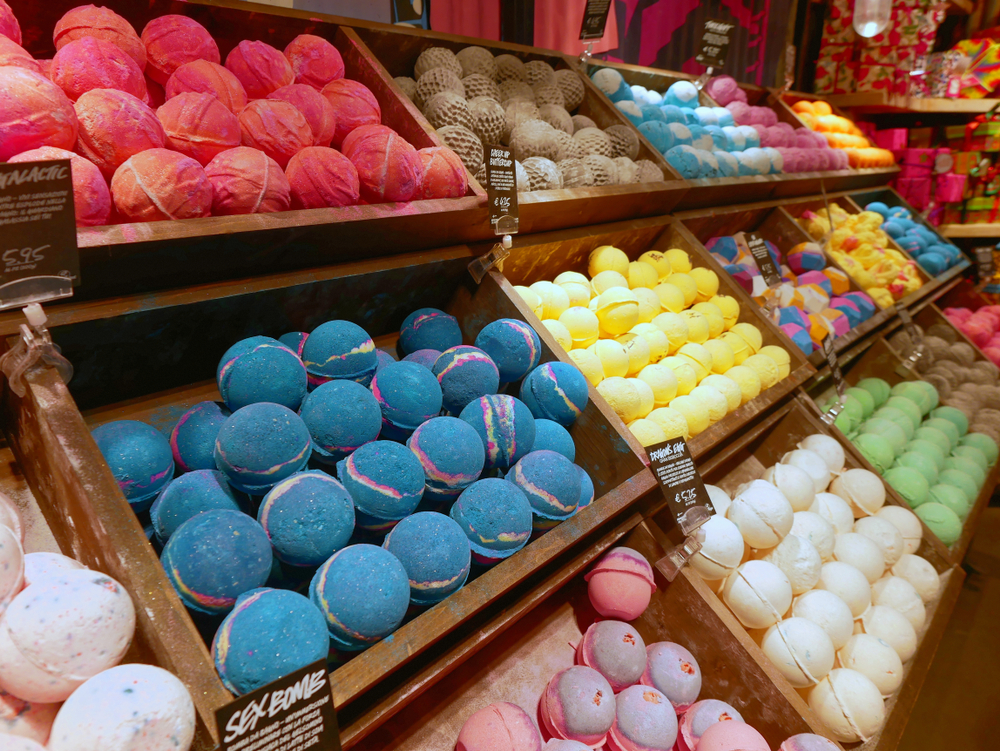Matthew Kay casts a spotlight on packaging’s golden tool for Q4 – and beyond
With another short-lived summer behind us, all attention has turned towards the golden quarter. Packaging factories are ramping up preparations for the season ahead. Consumers are beginning to entertain the thoughts of Black Friday and pre-Christmas sales. And retailers are finalising forecasts for what’s hoped to be a rewarding festive period for all. If the stats are anything to go by.
- The frenzy of Black Friday (and the weeks either side) for electronics deals show no signs of slowing. They injected £13.3 billion into the UK economy last year alone!
- 15% of consumers expect to spend more on long-standing favourite health and beauty products this Christmas.
- Homewares sales are expected to see a growth of around 5% in value in Q4. Inflation is easing, and we’re slowly but surely feeling more comfortable with putting more towards wants than needs.
Given we’ve barely been able to shift the clouds of the cost crisis this year, it’s sunny news. It’s also opportunistic for businesses looking to profit in Q4, as these three markets all have one particular asset in common: customer loyalty. And that’s all thanks to a clear sense of brand storytelling.

The purpose of packaging in 2024
Whether for a decade or a day, those of us who’ve worked in the industry recognise that packaging’s far more than a means to an end (i.e. protecting, storing, or transporting products). Over the years, the influence of aesthetic and sustainability demands from consumers and clients has grown. Packaging’s had to evolve to remain relevant – and retain custom. Yet in today’s world where the lines between physical and virtual reality increasingly blur, that evolution needs to go further than simply telling a brand’s story. It needs to immerse customers in it.
From chaos to calm, the changing face of packaging
Long gone are the days of busy, chaotic packaging designs. Customers are no longer convinced by packaging that’s had every element of a brand and its product details painted onto it. In our noisy world, businesses are fast tuning into what the modern consumer seeks: minimalism.
It’s a throwback to the 1960s, where art U-turned from explosive, in-your-faces pieces to a style more refined, almost simplistic. What goes around, comes around! With more product choice than ever, we’re content with letting brand reputation do the talking. Less packaging is more. At the same time, understated box designs are tapping into another core desire of businesses and consumers alike – sustainability.
But now the hangover of the cost crisis and inflation is easing, scope to invest in packaging (which was put on the backburner by many) is growing. And it’s going to take more than a minimalist box with all the eco-credentials in the world to attract customers this Christmas.
Immersive experiences
Enter immersive storytelling. By merging the physical world with digital or simulated realities, immersive technologies create an all-encompassing experience for the customer. They’re able to put themselves at the centre of the brand’s story – literally. Consumers are interacting and engaging with the virtual reality that’s bringing brands to life more than ever, and will only grow. Yet the notion of using immersive technology to market and sell products has been around a fair while.
Think No7’s virtual make up trial which lets you ‘try on’ various shades of lipstick, blusher, foundation (the list goes on) from the comfort of your smartphone. It’s convenient, it’s compelling, and it’s certainly working.
Add storytelling to the immersive mix, and you get futuristic concepts like cosmetics retailer Lush’s ‘Naked’ stores. Walk into the shops and you’re greeted with bath bombs and shampoo bars lining the shelves in their ‘naked’ forms.

No plastic packaging here – hardly any packaging for that matter. Information about a product (e.g. its ingredients) can be accessed via an app, eliminating the need for any packaging at all.
Why immersive storytelling is trending
Whilst the nature of Lush’s products may mean it can excel without packaging in a physical store, that’s not the case for many businesses. Packaging is still needed to fulfil the fundamentals of protecting, storing, and transporting goods we touched on earlier. But that doesn’t mean it should stay in the box and miss out on the immersive storytelling hype. Particularly given we’re 22 times more likely to remember a fact when it has been wrapped in a story, according to cognitive psychologist Jerome Bruner.
Virtual reality in the packaging world
So how can packaging manufacturers tap into the immersive storytelling trend to remain relevant for clients, so they can, in turn, remain relevant to their own consumers? The good news is you may already be doing it. You just might not know it yet.
Immersion is the perception of being physically present in a non-physical world. So, if you’ve added a QR code to a box which takes the user to a virtual reality (VR) experience (think IKEA’s VR showrooms), you’re immersing them in your brand – and adding a new chapter to its story.
How VR will evolve
What’s exciting is how immersive storytelling is evolving into a tool used along the entire value chain, rather than for the sole benefit of the end-consumer. Focus on sustainable manufacturing continues to dominate the sector, and rightly so. Immersive technologies are primed to add even more value to these conversations around ‘green’ changes, initiatives, and partnerships.
It could look like materials suppliers using VR to educate manufacturers on where products are sourced from. Imagine being able to immerse yourself in the FSC-certified forest where some of your raw materials come from, only from the comfort of your office with a VR headset. Or, the ability to offer virtual tours of storerooms to your packaging partner so they can get the most realistic understanding of space limitations or opportunities for pallets of boxes. Either way, businesses are still consumers – and it’s just as important they buy into their suppliers’ brand stories, too.
Immersive storytelling and festive packaging
Bringing it back to Christmas 2024, and we’re set for high streets and e-commerce sites bustling with immersive experiences and packaging alike. Brand stories won’t be finishing when gifts are opened or parcels arrive – they’ll be continuing the narrative they’ve already started telling. It’s a chapter we’re looking forward to immersing ourselves in. We hope you are, too.
Matthew Kay is Assistant Commercial Manager at Greyhound Box






